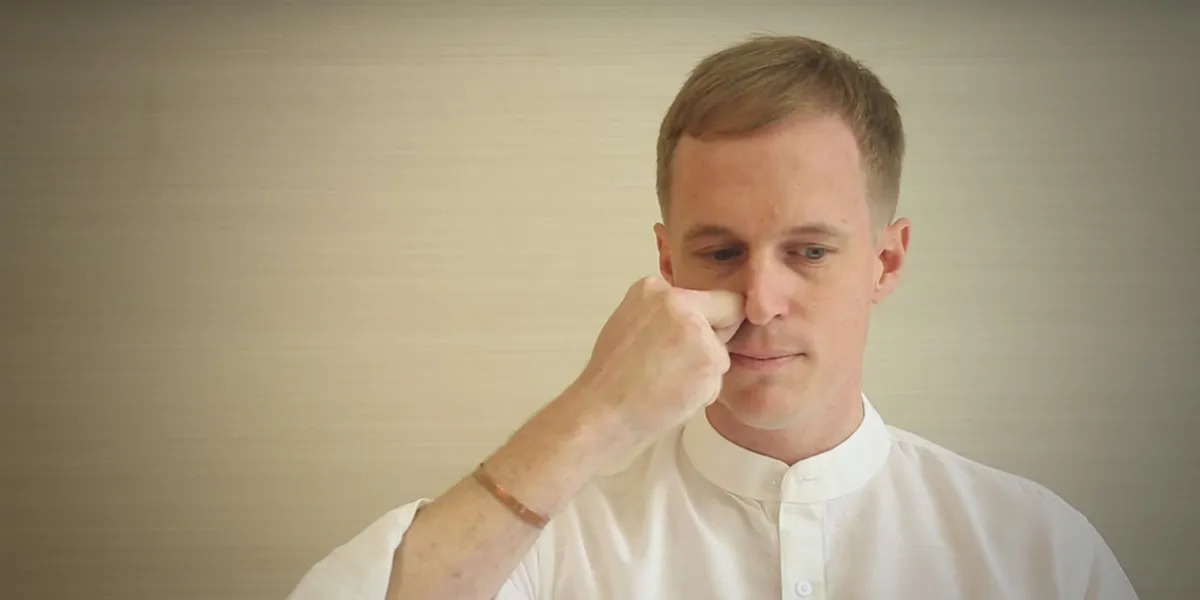Relief from Snoring
The human body is a dynamic framework of many complex systems. Any imbalance within this can lead to certain physical and physiological problems. Let us understand some of these commonly prevalent issues and take necessary steps to rectify them
Snoring typically occurs because of a physical obstruction of airflow through the mouth and nose. It is very common and is caused by a variety of factors such as sickness, allergies, obesity, and the anatomy of your mouth and sinuses that can lead to over-relaxation of the throat and tongue muscles. As a result, the muscles collapse and fall back into the airway, narrowing and obstructing the airflow.
Occasional snoring is rarely serious but if you are a habitual snorer, you not only disrupt the sleep patterns of those close to you but also impair your own sleep quality. Snoring leads to frequent waking up from sleep resulting in a poor night’s sleep and interruptions in breathing, and in turn can lead to a strain on the heart. To alleviate these problems, let us explore five techniques to help reduce snoring:
Neck Exercises
Let us learn exercises that help in relieving neck tension which in turn helps to open the airway for deep and balanced breathing.
- Close your eyes and sit comfortably.
- Rest your hands on your knees.
- Keep your neck and head straight.
- Inhale while slowly dropping your head back.
- While exhaling, bring your chin to the chest.
- Complete three rounds of this ‘yes’ gesture movement.
- Next, inhale deeply and rotate the head to the right side on exhalation. Inhale as you bring your head back to the centre and then rotate the head to the left side on the next exhalation. Complete three rounds of this ‘no’ gesture movement.
- Inhale deeply and during exhalation, drop the right ear towards the right shoulder. Inhale as you bring your head back to the centre and then drop the left ear towards the left shoulder on exhalation. Complete three round of this‘maybe’ gesture movement.
Massaging the Nostrils
Massaging your ethmoid or sphenoid sinuses is very effective in healing congestion.
- Make a fist with your right hand and slightly protrude the middle knuckle.
- Place the middle knuckle on the lower part of your right nostril, and begin to massage in a circular motion, clockwise and anticlockwise, 21 times in both directions.
- Repeat this on the left side, massaging the left nostril with the left middle knuckle 21 times in both directions.
Ujjayi Pranayama
Ujjayi is commonly translated as victorious breath. It has been used for thousands of years to enhance hatha yoga practice and clear the airway.
- For a few breaths, close your mouth and start gently breathing in and out through your nose.
- Once comfortable with this nasal breathing, take an inhalation that is slightly deeper than normal.
- Exhale slowly through your nose while constricting the muscles in the back of your throat. It should feel like you are making a long sound of ‘Haaaah’ through both your inhalation and exhalation.
- Repeat the above for 15 breaths.
Anuloma Viloma Pranayama
Anuloma means with the grain and viloma means against the grain. As the name suggests, it involves balancing of the inward and outward breath.
- Make the nasika mudra with the right hand and close the right nostril with the right thumb. Inhale slowly through the left nostril, deeply filling your lungs with air.
- Before you exhale, remove your thumb from your right nostril and close your left nostril with the tip of your ring finger. Now exhale through the right nostril.
- Reverse the order of breathing, now inhaling through the right nostril with the left nostril closed and exhaling through the left nostril with the right nostril closed.
- Repeat this process of breathing, left-to-right and right-to-left, for 15 rounds.
Shavasana with Hands in Chin Mudra
Shavasana, the corpse pose, helps the body to fully relax thereby allowing the airways to be fully open; while the chin mudra calms the mind, thus reducing any constriction of the respiratory system.
The key for success in this practice is consistency. Every night before sleeping, ensure to dedicate 7-10 minutes for these exercises and experience the benefits of these five snoring relief techniques! -Dr John Mobley, Registered Yoga Teacher with Yoga Alliance
- Lie down in Shavasana with your hands in chin mudra.
- Let your mind and body cool down.
- Allow yourself to drift off into a peaceful night’s sleep.
The key for success in this practice is consistency. Every night before sleeping, ensure to dedicate 7-10 minutes for these exercises and experience the benefits of these five snoring relief techniques! -Dr John Mobley, Registered Yoga Teacher with Yoga Alliance
